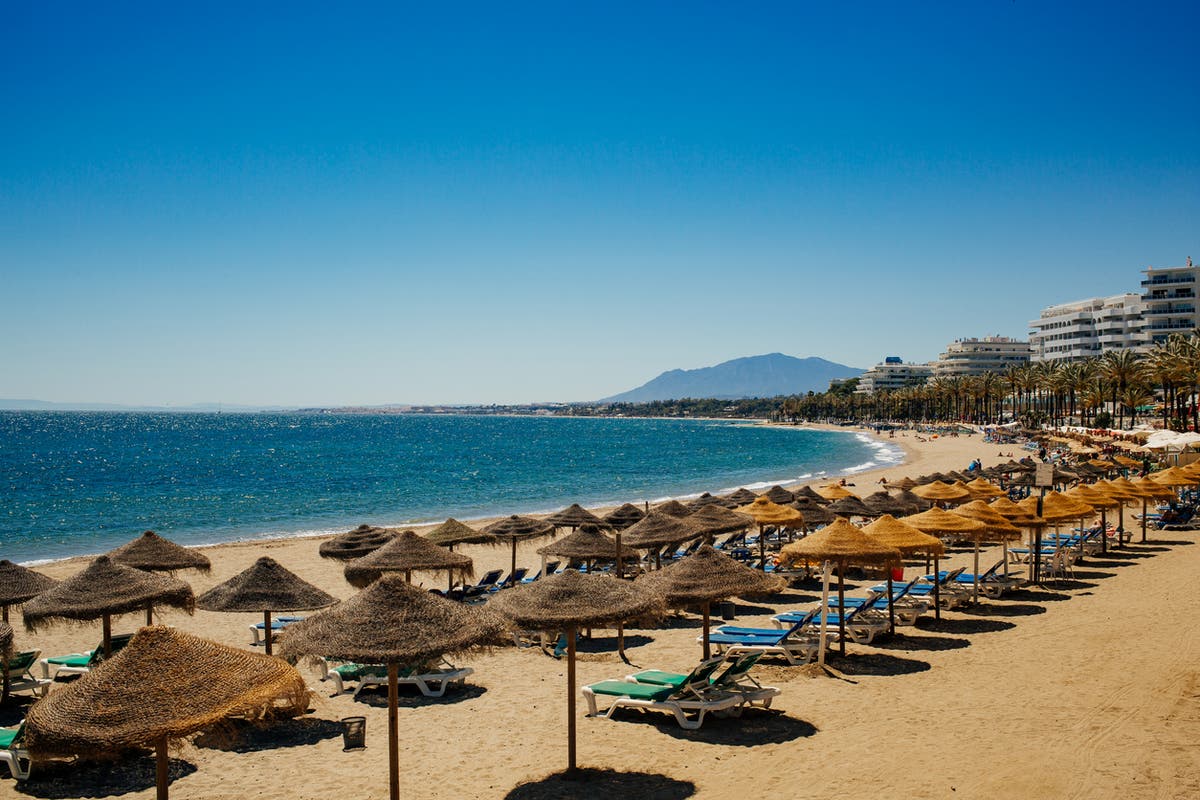HS2 and the ‘Ryanair’ approach to placenames
The Man Who Pays His Way: Inter-city rail journeys should not be inter-suburban

Sign up to Simon Calder’s free travel email for weekly expert advice and money-saving discounts
Get Simon Calder’s Travel email
Simon Calder, also known as The Man Who Pays His Way, has been writing about travel for The Independent since 1994. In his weekly opinion column, he explores a key travel issue – and what it means for you.
Old Oak Common is a scruffy, ill-defined area at the top end of the London Borough of Hammersmith and Fulham, adjoining Wormwood Scrubs – itself ambitiously described as a nature reserve. Old Oak Common is also the name of the west London stop for High Speed 2 (HS2), the eye-wateringly expensive new line between London Euston and Birmingham. I imagine that, by the time the station opens, it will be called “West London Parkway”. But it won’t move any closer to the centre of the capital.
For a while on Friday morning it appeared that the final six miles of the HS2 route from the West Midlands to the capital might be scrapped altogether, as the cost of the botched and delayed project balloons by an indeterminate but boggling number of billions. The chancellor later clarified that the line would be completed all the way to London Euston.
Labour, meanwhile, has vowed to complete in full the first UK high-speed rail line to go somewhere other than Kent or France. That includes the leg to Leeds, which the current government scrapped. I will be holding Labour to its promise. But whichever party is in power when HS2 finally opens, we already know that the line will temporarily terminate at Old Oak Common.
A skeletal service will appropriately grind to a halt just west of Kensal Green cemetery, in a part of northwest London where almost no one wants to be.
Three years ago I wrote: “The current expectation is for a token service of three trains an hour between Old Oak Common and Birmingham Curzon Street, starting some time between 2029 and 2033, with 10 trains an hour from Euston between 2031 and 2036.”
Since then, the start dates have slipped alarmingly, but the long wait for the final miles to Euston will remain.
“Genuinely touching gesture by the Government,” tweeted Professor Anand Menon on Friday. ”Stick on a bus replacement service from Old Oak common, and those northerners arriving on HS2 will feel right at home as they approach central London.”
In fact, the Elizabeth Line – another mega-project that came in years late and billions over budget – will take the strain. I confidently predicted that whoever has the poisoned chalice of transport secretary when HS2 finally starts rolling will explain how marvellous it is to step from a 225mph express to an all-stations-to-Essex suburban service through central London. But other locations with out-of-town rail stations show how foolish and annoying it is to force inter-city travellers to switch to another service to reach the centre.
The French are fond of locating stops on high-speed lines fairly randomly and then adopting a “Ryanair” approach to placenames (Europe’s biggest budget airline has long been ambitious in naming some of the less-celebrated airports). “Aix-en-Provence TGV” is significantly closer to Marseille airport than it is to Cezanne’s home town.
Some of Australasia’s inter-city stations are equally unhelpful. The Indian-Pacific from Perth to Sydney begins its interminable journey from a glorified bus station, East Perth Terminal, a good seven miles from the ocean. At Adelaide, the Indian-Pacific meets three other long-distance trains – the Ghan, the Great Southern and the Overland – in the southeastern suburb of Keswick rather than the handsome city centre. And across in New Zealand, the amazing TranzAlpine journey across South Island from Greymouth via Arthur’s Pass ends ignominiously at Christchurch station – squashed between a second-hand car dealer and Tower Junction out-of-town shopping centre.
The US has pressed the self-destruct button on many of its magnificent stations; to board an express from Detroit to Chicago last summer, I had to take a tram several miles north from the heart of the “Motor City” and stand around at a single-platform halt. Inter-city rail journeys should not be inter-suburban. Travellers deserve, and demand, better.

 Koichiko
Koichiko 
































